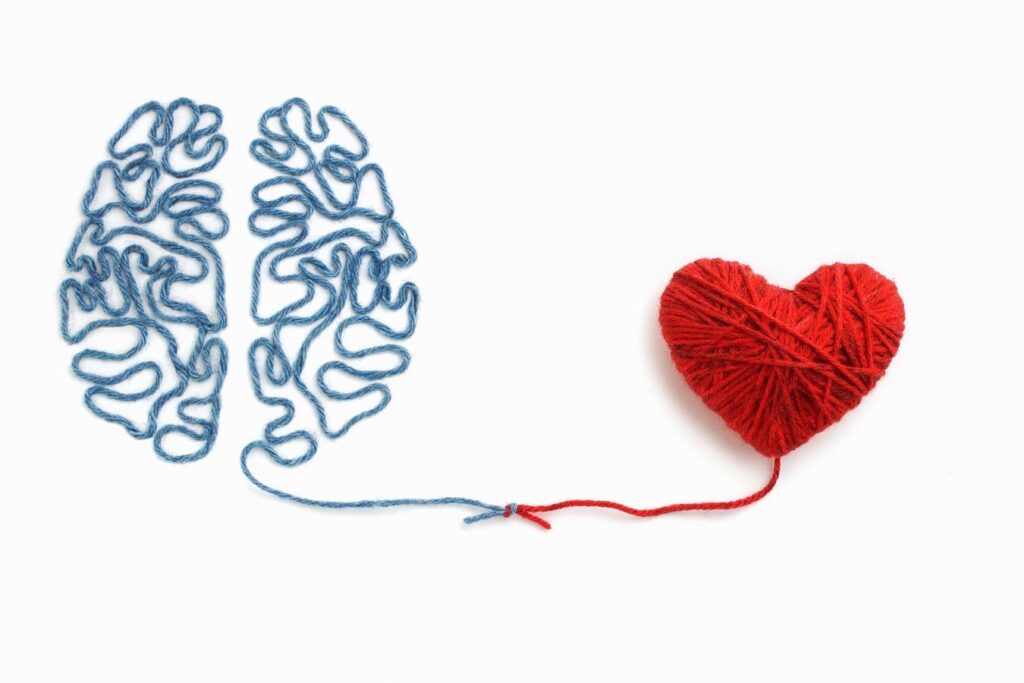Alzheimer’s and heart disease are two of the leading causes of death, both affecting millions of people. [+] People all over the world.
Getty
Alzheimer’s and heart disease are two of the leading causes of death affecting millions of people worldwide. Now, a growing body of research is revealing that brain and heart health may be more closely linked than originally thought. The blood-brain barrier, which sits at the interface between brain cells and blood vessels, appears to become damaged with age and contribute to cognitive decline. In the latest article in this series on Alzheimer’s, we discussed the role that insulin receptors at the blood-brain barrier play in the development of Alzheimer’s. Here, we delve deeper into the function of the blood-brain barrier and how we can extend normal cognitive function in Alzheimer’s patients.
As we age, microscopic damage occurs to the blood-brain barrier, increasing its permeability and impairing its function. Recent studies suggest that increasing blood-brain barrier dysfunction occurs early in the disease progression, possibly before neurodegeneration, brain atrophy, and even cognitive symptoms. How this dysfunction impacts Alzheimer’s disease has not been fully understood until now. A team from the Medical College of Georgia and collaborating institutions discovered that microscopic damage to the brain’s hair-thin microvessels corresponds to changes in white matter that ultimately lead to a deterioration in cognitive function and memory impairment.
What is white matter? Unlike gray matter, which is made up of nerve cell bodies, white matter refers to the myelinated or sealed axonal fibers that facilitate the fast transmission of nerve impulses. White matter is essential for brain health and the performance of everyday functions such as memory, problem solving, and coordination. Not surprisingly, clinical observations have shown that changes in the brain’s white matter during Alzheimer’s correlate with memory and cognitive impairment.
In a previous report, the team identified a correlation between white matter loss and blood-brain barrier dysfunction. The presence of small lesions within the microvasculature of the blood-brain barrier appears to generate oxidative stress and inflammation. Subsequent MRI images showed that increased inflammation may contribute to changes in the brain’s white matter.
To understand how blood-brain barrier dysfunction leads to the white matter changes of Alzheimer’s, Bagi and his colleagues examined the brains of 28 people over the age of 65. The cohort included healthy controls as well as men and women with known Alzheimer’s disease, with or without obvious microvascular damage. They extracted samples of white matter and cerebrovascular tissue from the prefrontal cortex, a region of the brain that is particularly vulnerable to degeneration in Alzheimer’s.
Upon initial testing, researchers noticed that the blood vessels in the brain of people diagnosed with Alzheimer’s were significantly damaged. These blood vessels did not appear to dilate properly even when exposed to strong dilating factors. The ability of blood vessels to dilate is important for controlling blood flow through the blood-brain barrier. Impaired dilation not only leads to increased inflammation and oxidative stress, but also puts blood vessels at risk for further damage.
Bagi and colleagues also found that the greater the microvascular impairment, the more pronounced the changes in white matter. Surprisingly, this was accompanied by an increase in the number of specific brain cells called astrocytes. A key component of the blood-brain barrier, these supporting cells control the exchange of nutrients and waste products between the brain and blood. The researchers speculate that progressive microvascular dysfunction in Alzheimer’s disease causes astrocytes to change, becoming more reactive and inflammatory. The further damage these cells inflict on the brain-brain barrier and nearby cells makes the brain more vulnerable to cognitive changes.
Overall, this study adds to the growing body of evidence that inflammation within the blood-brain barrier causes structural changes in the brain. Fortunately, unlike neurodegeneration, vascular inflammation can be ameliorated by diet and exercise. “We propose that preventing the development of microvascular components could extend the lifespan of normal function in Alzheimer’s patients by at least several years,” writes lead author Zsolt Baggi, PhD, a biologist at the Medical College of Georgia. Understanding the connection between heart and brain health may one day allow for early screening of Alzheimer’s and other dementias with regular blood tests.

